When Dharavi had reported its first COVID-19 case on April 1st, it has immensely burdened both Maharashtra and Central government and threatened the rest of the country as it posed a huge challenge in containing the spread of the Coronavirus pandemic.
The COVID-19 pandemic would dominate the battle in the densely populated areas and when it has got grounds of spread in Dharavi, which is the largest slum in Asia, it brought more risks to the governments and the frontline workers in preventing the populace of the slum from the vulnerability.
Since the viral infection in the slum area, which rests on the financial capital of Mumbai, would devastate the city if it's not contained at an early stage, the government, being pushed to the revelation, has launched the aggressive testing protocols and sanitization drive to curb the spread in India's largest slum.
As the outcome of the aggressive testing and containment measures, Dharavi has got global attention as the World Health Organization has, on Friday, acknowledged that the measures taken in Mumbai's Dharavi area had shown positive results in containing the COVID-19 pandemic. The global organization has recognized that community engagement and testing are the key mechanisms to break the chain of the virus spread.
WHO Director-General Tedros Adhanom Ghebreyesus has cited examples of various countries in containing the spread. He said that Vietnam, Thailand, Cambodia, New Zealand, Italy, Spain, South Korea, and Dharavi, a densely populated slum in Mumbai had shown that the strong focus on community engagement and testing, tracing, isolating, and treating the COVID-19 patients can break the chain of transmission and suppress the virus.
This is huge for our very own Dharavi that has chased the virus. State Govt and @mybmc teams, along with NGOs, Elected Representatives and most importantly, Dharavikars! Let’s keep this going! Thank you @WHO for recognising their efforts, and will keep going on https://t.co/RSVGILaoLo
— Aaditya Thackeray (@AUThackeray) July 10, 2020
As India's largest slum has become the largest model in curbing the spread, Shiv Sena leader Aaditya Thackeray said that the remarks from the Chief of WHO has become a huge recognition for the efforts of the government and Mumbai Corporation. According to the reports, Dharavi had recorded an average of 18 new cases daily in the month of June.
However, the cases declined in July and the slum currently has 166 active COVID-19 cases while 1,952 patients have been recovered and discharged from the hospital. Dharavi, the largest slum in Asia, is spread across 2.5 square kilometers and it has a population of around eight lakhs of which around six lakh residents have been screened so far.



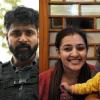

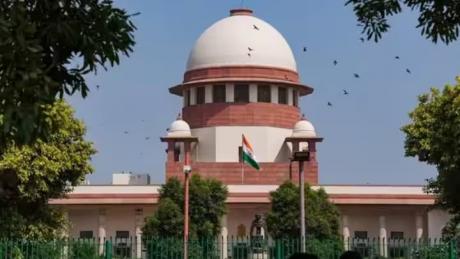
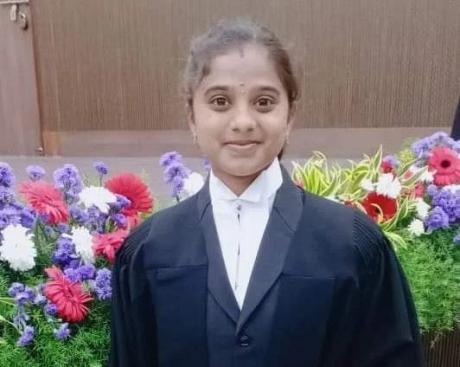
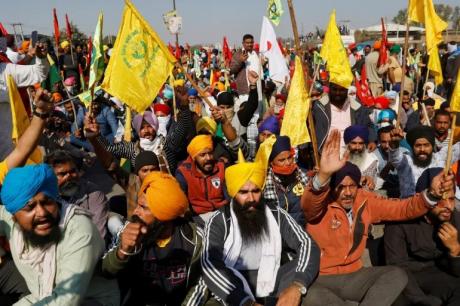
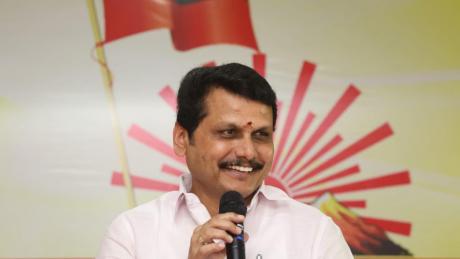
Comments